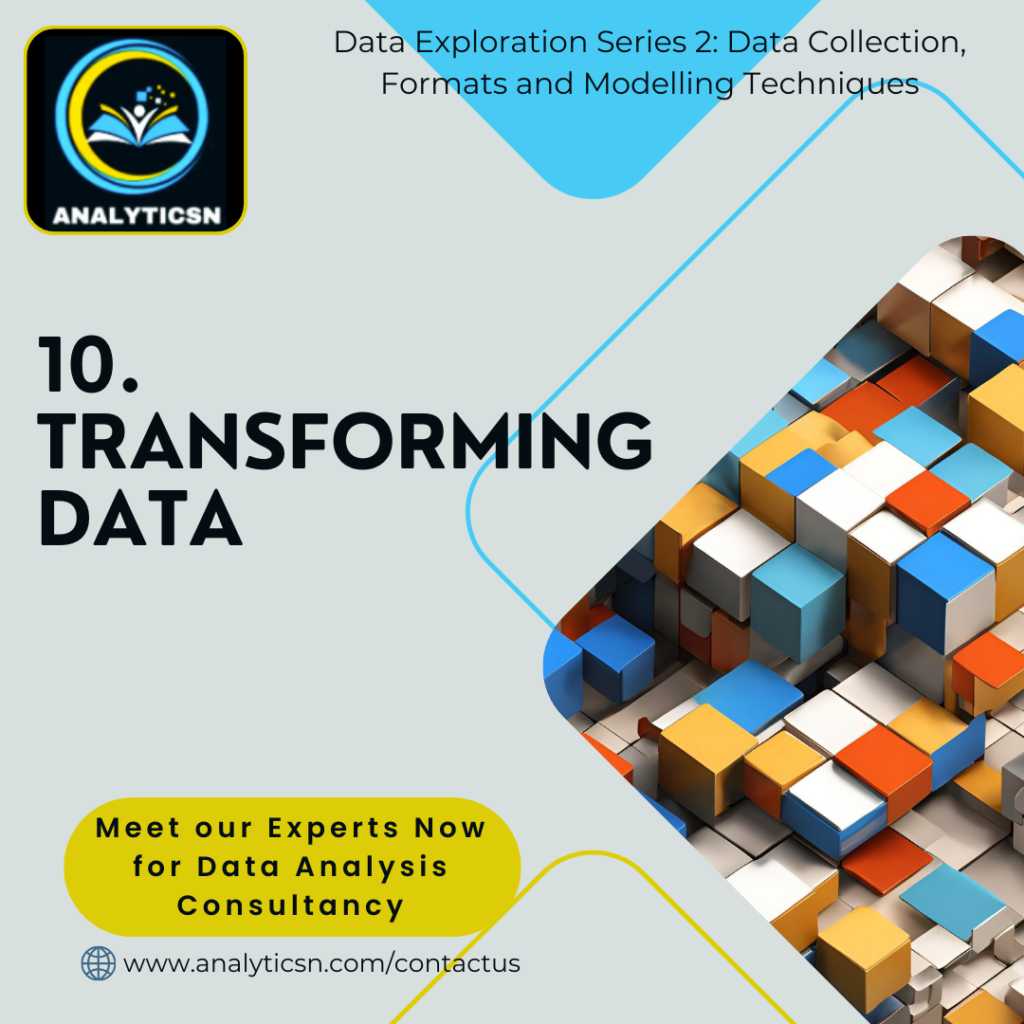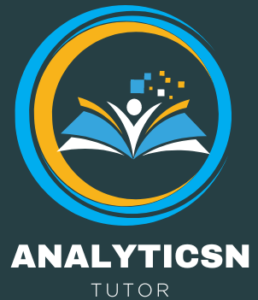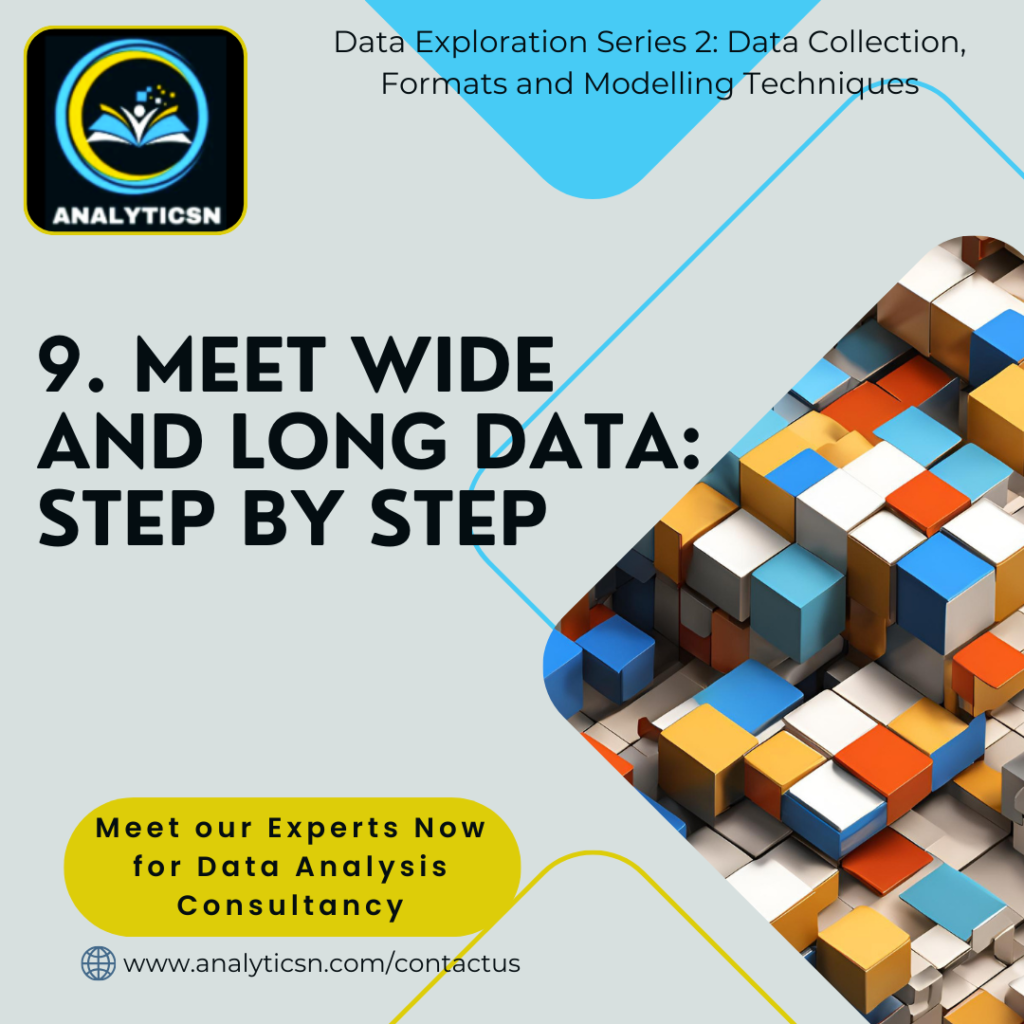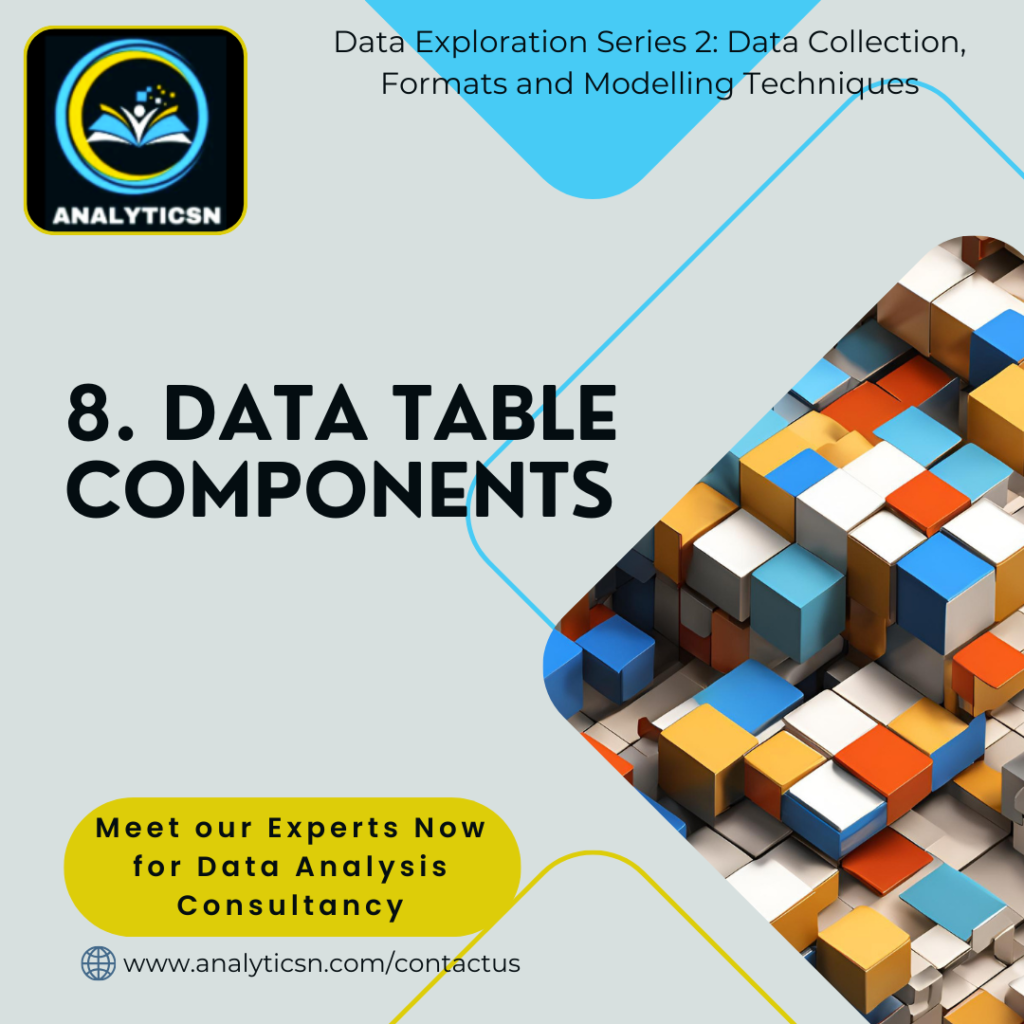
Dashboards are powerful visual tools that help you tell your data story. A dashboard is a tool that monitors live, incoming data. It organizes information from multiple datasets into one central location, offering huge time savings. Data analysts use dashboards to track, analyze, and visualize data in order to answer questions and solve problems. For a basic idea of what dashboards look like, refer to this article: “Real-world examples of business intelligence dashboards.”
The beauty of dashboards
The following table summarizes the benefits of using a dashboard for both data analysts and their stakeholders.
| Benefits | For data analysts | For stakeholders |
| Centralization | Share a single source of data with all stakeholders | Work with a comprehensive view of data, initiatives, objectives, projects, processes, and more |
| Visualization | Show and update live, incoming data in real time* | Spot changing trends and patterns more quickly |
| Insightfulness | Pull relevant information from different datasets | Understand the story behind the numbers to keep track of goals and make data-driven decisions |
| Customization | Create custom views dedicated to a specific person, project, or presentation of the data | Drill down to more specific areas of specialized interest or concern |
It’s important to remember that changed data is pulled into dashboards automatically only if the data structure is the same. If the data structure changes, you have to update the dashboard design before the data can update live.
Tableau
There are many different visualization tools available. One of the most powerful is Tableau, which supports a range of data sources and has advanced analytics capabilities that allow for in-depth exploration of data trends and patterns. Tableau can handle more data and larger datasets than many other tools and offers real-time data availability.
It does take some time to learn to use Tableau, but your efforts can be well-rewarded, as Tableau visualizations are pleasantly interactive. For a dashboard to be successful, it needs to engage users and help them learn. Tableau has put in a lot of effort to ensure that its users have a great experience and the platform is accessible to everyone. Learn to use Tableau here
More Articles

10. A Secret to Data Transformation
What is data transformation? A woman presenting data, a hand holding a medal, two people chatting, a ship’s wheel being...
Learn More >

